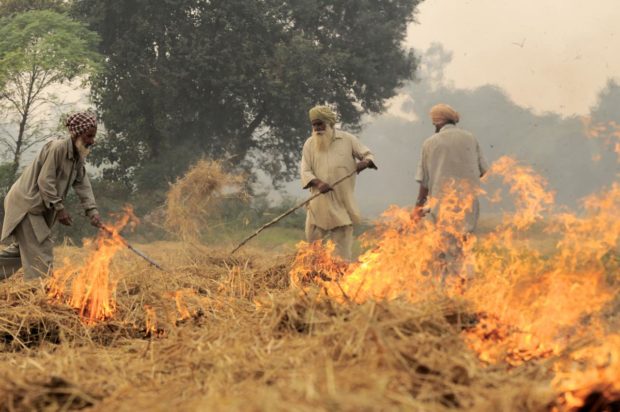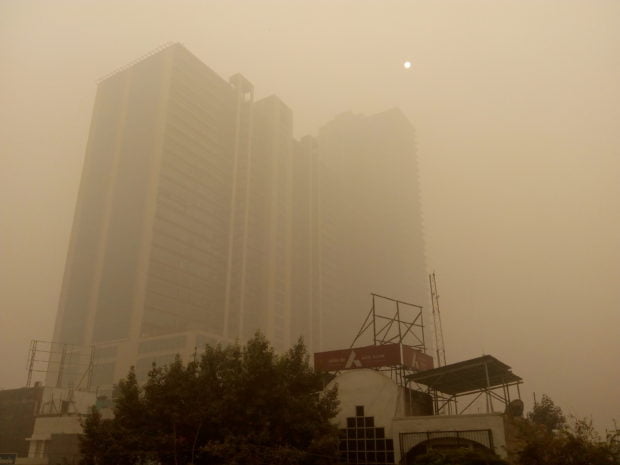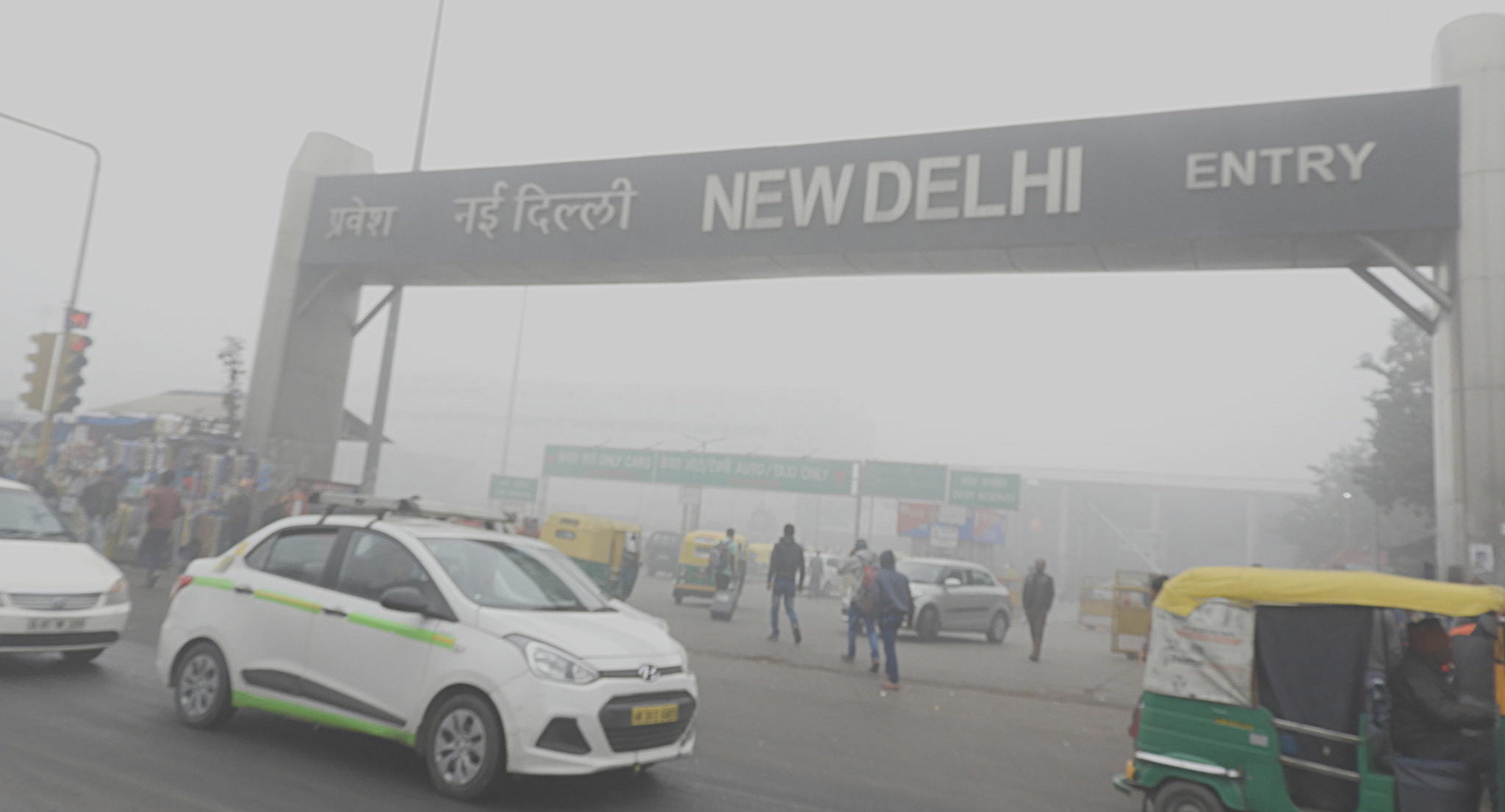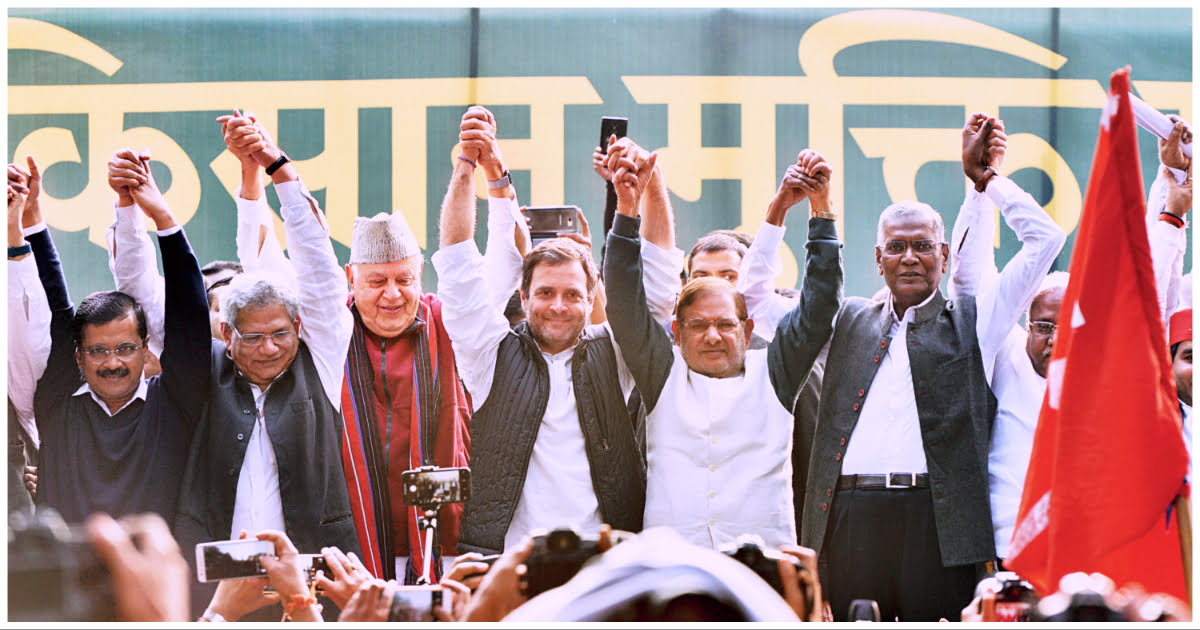The unenviable label that the national capital of India gets at least once every year is that of being the most polluted city in the entire world. The air we breathe has become deadly. The air quality index (AQI) for most parts of the city remains in the ‘very poor’ category throughout the year. And as winter sets in, it gets ‘severe’. The government of Delhi has already declared a public health emergency. As Delhiites continue to choke on the plummeting air quality, we look at some of the major factors that are responsible for turning the city into a ‘gas chamber’.

Vehicular pollution
According to a study by Centre for Science and Environment (CSE), Delhi is the largest contributor to vehicular pollution in India. What is interesting to note is that as compared to the other metro cities, Delhi has a higher share of public transport ridership. And the city’s public transportation system uses compressed natural gas (CNG). Despite this, transport-related emissions are worst here.
The reason behind this is the ever increasing number of vehicles due to the exploding population. The number of vehicles has increased phenomenally in Delhi from 4.2 million in 2004 to 7.2 million in 2016. And the figure is rising exponentially with every passing year. The CSE study says that Delhi’s population in 2017 was 2.5 times that of Bengaluru, 1.25 times that of Mumbai, 2.9 times that of Hyderabad, 1.8 times that of Kolkata, and 2.6 times that of Chennai. Due to poor traffic management systems and poor roads, vehicles emit higher levels of heat-trapping carbon dioxide. Diesel-operated vehicles, especially trucks, tempos, and other commercial vehicles, have the additional adverse effect on Delhi’s air quality.
Stubble burning

This is something which is considered as the top reason for air pollution in Delhi in the months of October–November. However, this is NOT factually correct. The biggest contributor is vehicular emission. The fact that the burning of crops by farmers in the adjoining states of Haryana and Punjab can be seen on a map makes it an easy target. After harvesting, farmers deliberately set fire to the straw stubble which has unfavourable effects on the soil and, of course, the air. There are machines available that shred the crop residues into small pieces and spread them uniformly across the farm. However, the farmers have continued the practice of stubble burning quoting the high cost of such machines as the reason. Burning is the easiest and the most inexpensive method. And thus, every year, an estimated 20 million tonnes of stubble is burnt despite a ban by the National Green Tribunal.
Dust
With newer projects coming up in Delhi and the NCR region, construction dust has increased to alarming levels. These include Metro rail construction and rebuilding of several residential colonies. As per the Delhi Pollution Control Committee (DPCC), 30% of air pollution in the city is caused due to dust which emanates from construction sites. And unlike stubble burning, which is a two– three-month phenomenon, construction dust contributes to lowering of air quality throughout the year. Those who bear the brunt directly are the onsite workers. Most of the time, they are not in the possession of appropriate masks. Ultra-fine asbestos and silica particles can enter their respiratory systems, causing long-term damage. Despite the existence of certain regulations, seeing waste construction material, rubble, and debris by the road is a common sight. This dust, in turn, is either whipped up by the wind or other vehicles and spreads the harmful particulates in the atmosphere.
Crackers

The year-end means the onslaught of festivals like Diwali, Guru Parv, Christmas, and New Year. And that means the season of firecrackers. Pollution levels went up the day after Diwali and the city was shrouded in thick smog. The Supreme Court has set a time limit for bursting crackers on Diwali (along with the upcoming festivals). Unfortunately, the order went unheeded by the public on Diwali. We now have to see how the police are going to enforce the bracket during other festivals.
The concerned authorities have agreed to the fact that firecracker-bursting is not the only and prime cause of air pollution in the city. As Delhi is already reeling under high levels of particulate matter, every contributing factor takes a toll on the environment.
Location and weather

Delhi’s topography and location are also something to be blamed for the lingering pollution. First, the place acts as a basin that traps pollutants. Second, it is located downwind, the reason why all the stubble burning pollution gets to the city. Also, as winter approaches, the crosswinds tend to stop or reduce. The fine pollutants get trapped in the air, resulting in smog. Unexpected rain, like last week’s, can bring some respite and lower the AQI. However, this is not something you can count on to for reducing the pollution.
Tomorrow we will tell you how the smog is affecting your health and what measures you can take to avoid getting sick.




